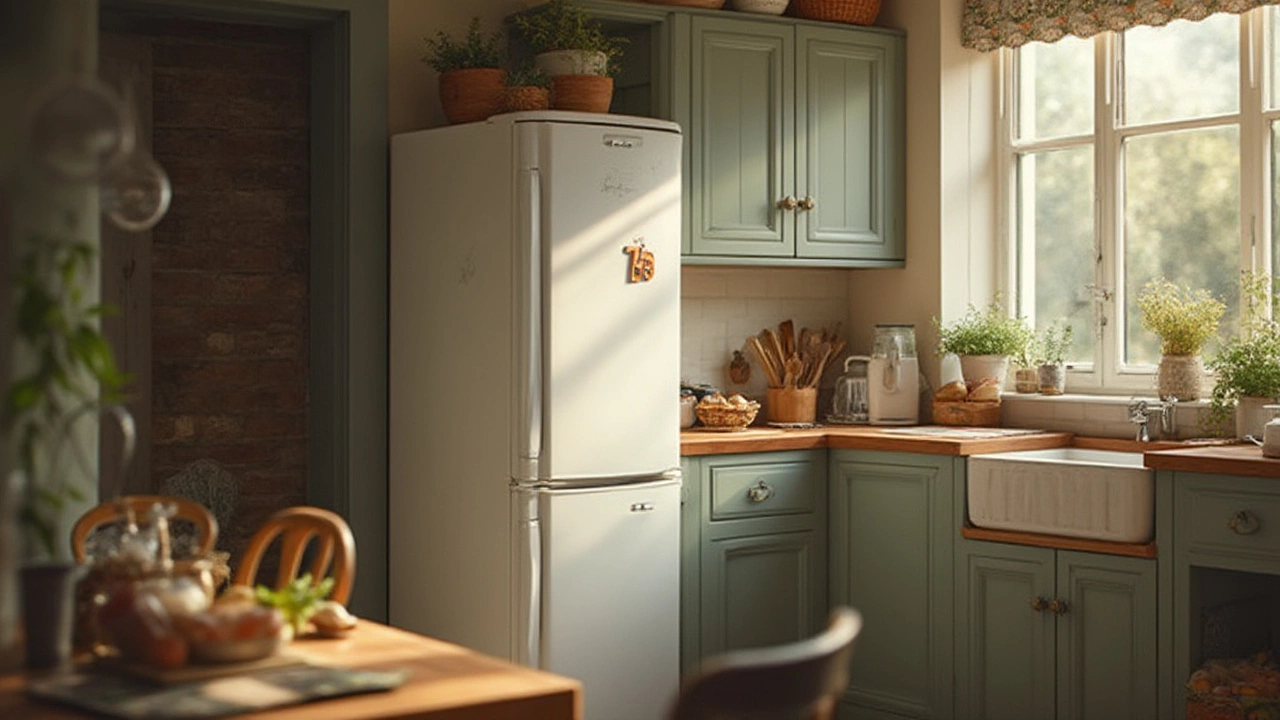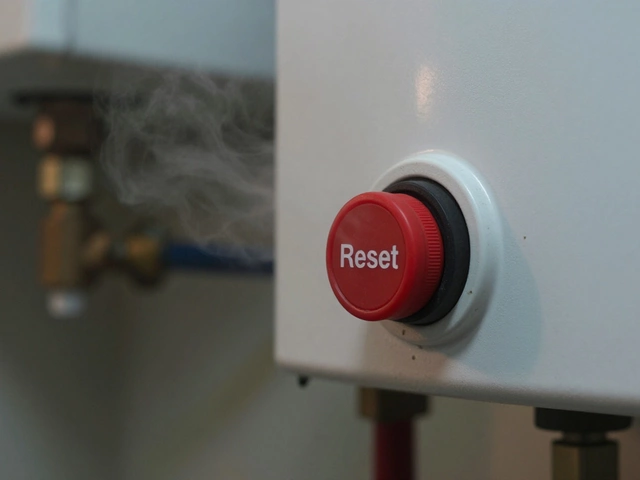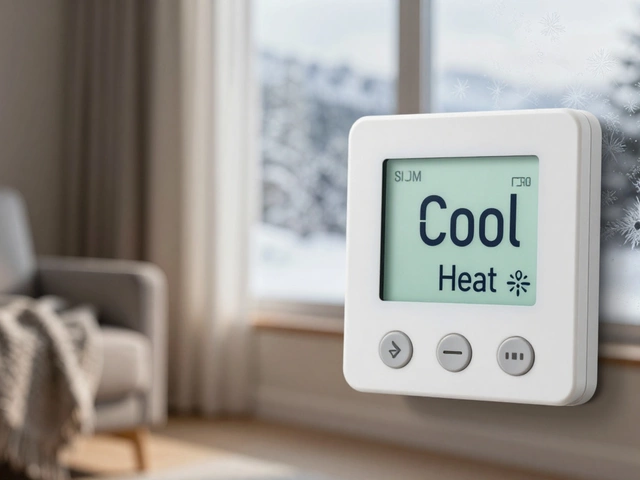Freezer Life Expectancy
When talking about Freezer life expectancy, the period a freezer can operate efficiently before major parts wear out. Also known as freezer lifespan, it helps homeowners decide when to repair or replace. A typical freezer, a sealed appliance that keeps food frozen at or below 0 °C shares many wear factors with a refrigerator, a cooling unit that stores food above freezing. The built‑in ice maker, a mechanism that forms ice cubes or flake ice inside the freezer adds extra moving parts that can shorten overall durability. Understanding these connections lets you estimate freezer life expectancy more accurately and plan maintenance before costly breakdowns.
Key Factors That Affect Freezer Lifespan
First up, temperature setting matters. Running a freezer at the coldest setting forces the compressor to work harder, which speeds up motor wear. Most manufacturers recommend -18 °C as a sweet spot; anything colder raises energy use without extending life. Second, door seal health is critical. A cracked or warped gasket lets warm air in, making the unit cycle more often and increasing wear on the compressor and defrost heater. Third, usage frequency plays a big role. Frequent opening lets moisture build up, leading to frost build‑up that the defrost system must constantly battle. Over time, the defrost timer and heater can fail, shortening the appliance’s operational window.
Another hidden factor is the quality of internal components. Stainless‑steel evaporator coils resist corrosion better than aluminum ones, translating to a longer appliance lifespan, the total years an appliance remains functional with regular upkeep. Brands that use higher‑grade compressors and more robust refrigerants often hit the 15‑year mark, while cheaper models may drop off at 8‑10 years. Finally, ambient kitchen temperature influences the unit’s workload. Placing a freezer near a heat source (like an oven or direct sunlight) raises the internal temperature, forcing the system to run continuously and wear out sooner.
All these variables intersect to shape a clear semantic web: Freezer life expectancy encompasses temperature, seal integrity, usage patterns, component quality, and surrounding environment. It requires regular maintenance such as cleaning coils, checking gaskets, and defrosting when ice builds beyond a quarter inch. When the ice maker starts clicking but not producing ice, that’s a signal the internal motor or water inlet valve is failing—a cost‑effective repair if caught early, but a red flag that the overall lifespan may be nearing its end.
Knowing when to repair versus replace is a common dilemma. If a compressor clunks or the freezer stops cooling entirely after 12‑14 years, repair costs often equal or exceed the price of a new, energy‑efficient unit. On the other hand, fixing a faulty door seal or a broken ice maker in a 7‑year‑old freezer can extend life by several years for just a fraction of a new purchase price. By tracking the age of your freezer against these factors, you can make smarter decisions and avoid sudden breakdowns.
Below you’ll find a curated collection of articles that dive deeper into each of these topics. From diagnosing a noisy compressor to comparing repair costs with modern energy‑saving models, the posts give practical steps you can take right now. Explore the guidance, apply the tips, and keep your freezer humming smoothly for as long as possible.
Wondering how long your freezer should last? Discover the average freezer lifespan, signs of wear, and DIY tips to make yours last longer.


